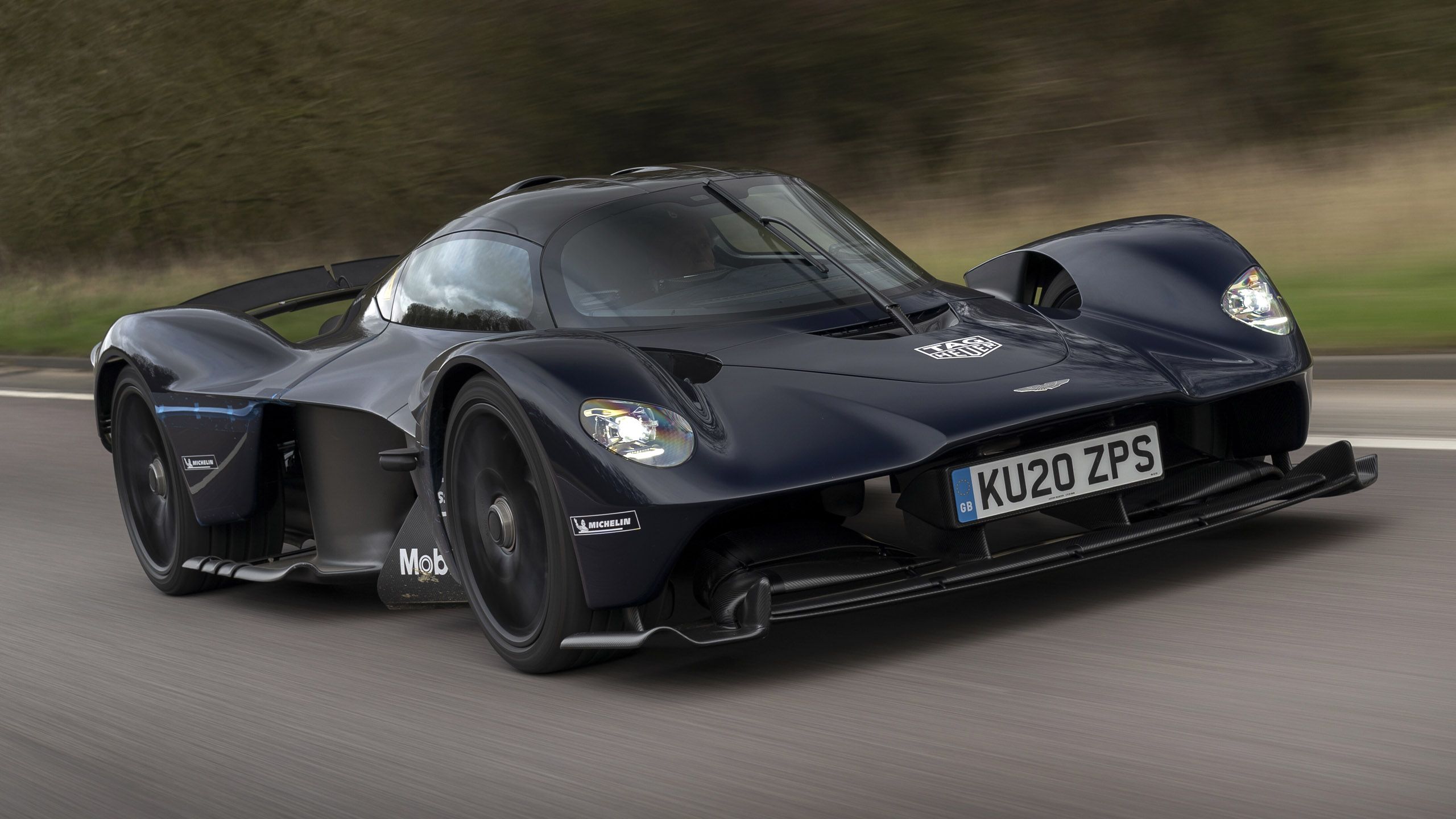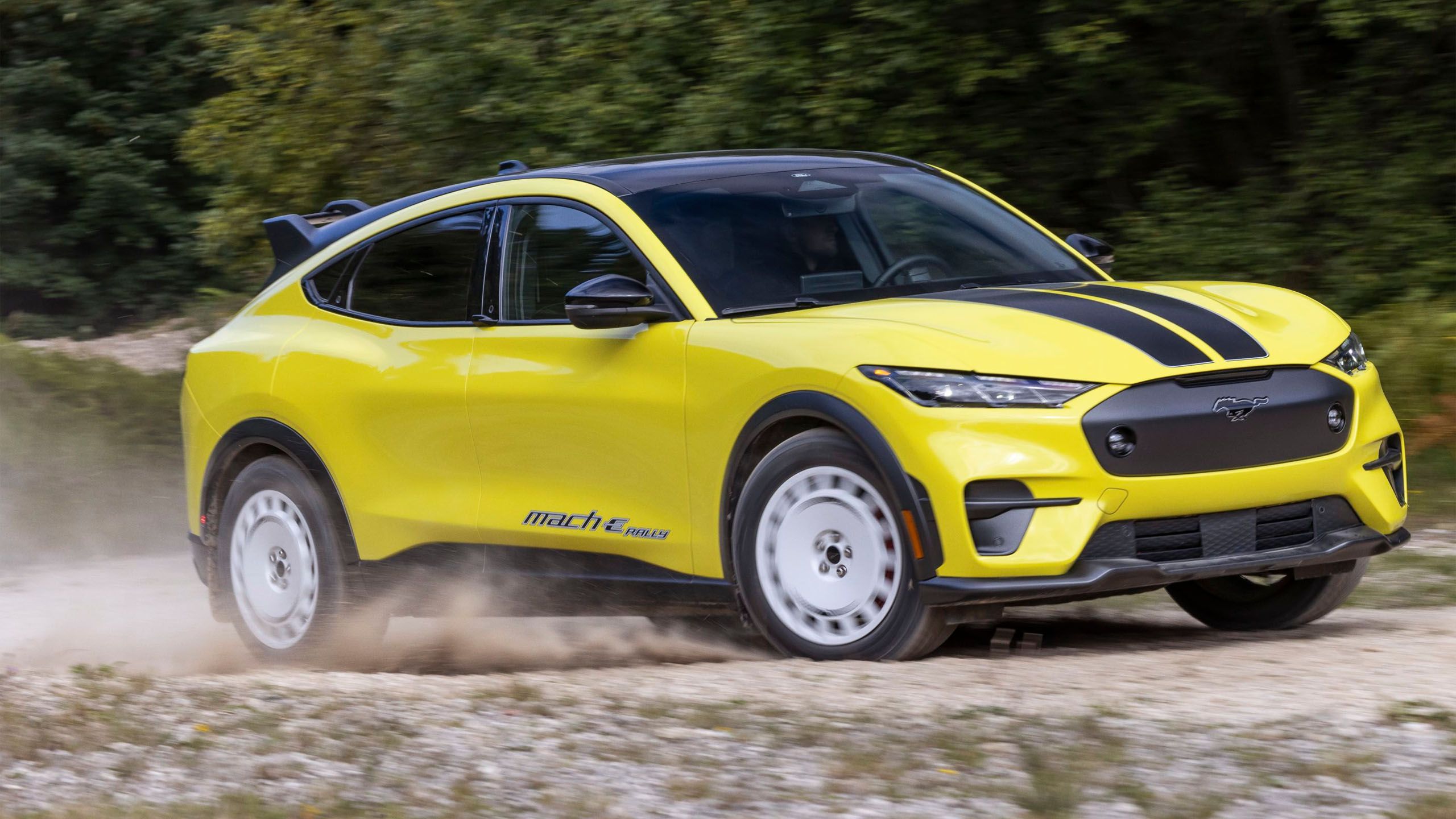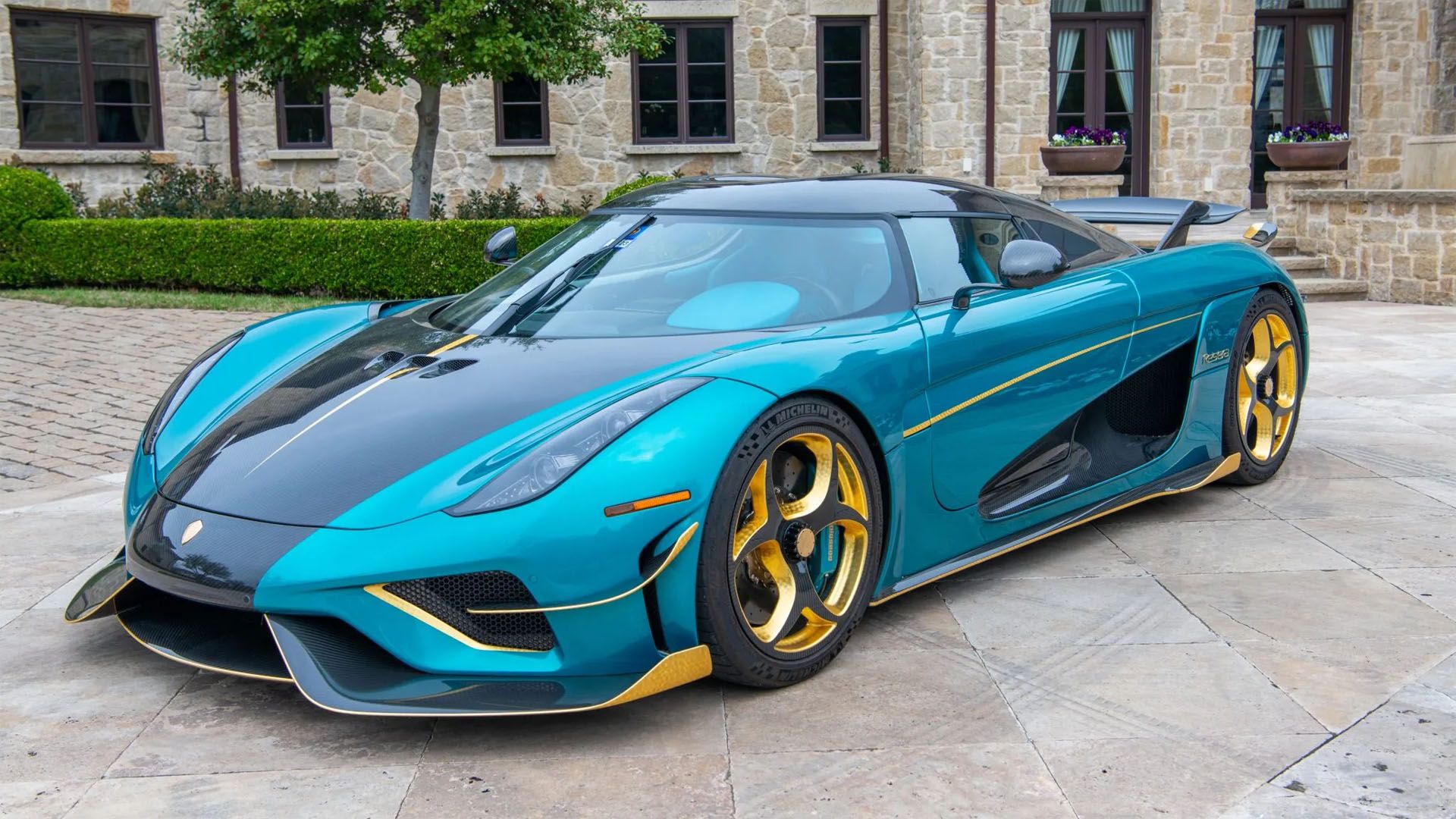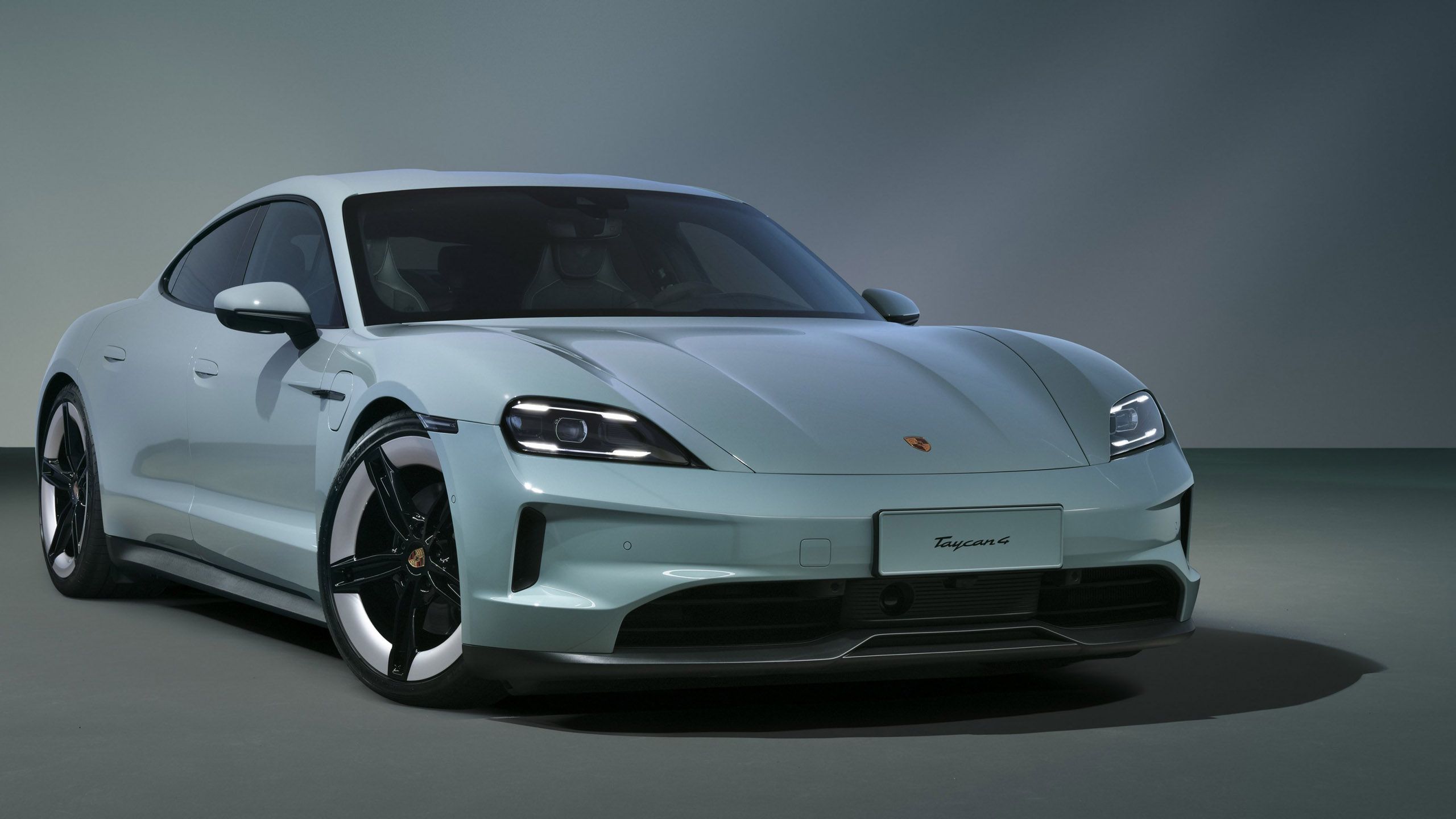When people talk about cars, they throw around a lot of TLAs (three-letter acronyms), which can be CAH (confusing as heck) for IDC (I don’t care) drivers. So what is the difference between an ICE, HEV, EV, and PHEV? Does it matter, and if it does, how will it affect me?
It will certainly affect your bank balance, both in what you pay for a car and what it will cost to run. It will also affect your driving experience, and if you care about it, your impact on the environment.
Here is a short list of the options you have, what they are in very non-technical terms, their benefits, and drawbacks. This list is arranged in how long each kind of tech has been available in the modern sense. Old-timey cars were quant, but terrible to drive, and we are not busy with a history lesson.
The pictures in this list all correspond to the power train described in that section. The feature picture is of a Rivian R1S EV, the truck is Ford F-150 Raptor, the hybrid is an Aston Martin Valkyrie, the EV is a Ford Mustang Mach-E Rally, the PHEV is a Koenigsegg Regera, and the last picture is a Porsche Taycan EV.
Related
Why I’m making my next car an EV instead of a hybrid
Both hybrids and EVs have their value, but it’s hard to ignore the appeal of going all-electric.
5
ICE — Internal Combustion Engines
Mature tech, but losing relevance
Ford
Internal combustion engines have been around since cars, and they explode gas and air in a cylinder, turning the pressure created into mechanical movement. This movement is converted until it reaches the wheels, which turn, and there you go. There are loads of stuff that happens in between, but you don’t really care, do you?
Benefits of ICE
ICE has been around forever, and technology is pretty much mature. We know how to make it work at its best, and there is a whole aftermarket industry focused on making high-performance engines a bit more powerful, or sound a lot better in the ear of the beholder.
ICE vehicles cost less to manufacture than other power sources, and are generally cheaper to maintain or repair. Until about 25 years ago, ICE was the only option if you wanted to drive a car, and there is a whole industry supporting it. There are still around because:
- ICE vehicles are usually cheaper than similar vehicles with other power trains
- The technology behind it is mature, so we know how they work and how to fix them
- Petrol heads love the sound they make, and even the smell
Drawbacks of ICE
ICE is a dead-end. Any improvements will be marginal at best, and probably cost more than the resulting benefits. They really suck at fuel economy, because almost all the energy they produce is wasted as heat, moving all the mechanical bits up and down or round and round. Eighty percent of the gas burned by the ICE is turned into heat that escapes into the atmosphere. Just look at the shimmer of heat over your hood on a cold day, or the exhaust fumes. For every dollar you spend on gas, 80 cents is wasted. Unlike the other power sources, no energy used to make the gas car move is recovered.
ICE cars are also environmentally bad. That 80% of gas wasted does not only become heat, it becomes smog and greenhouse gases too. Running an ICE vehicle is:
- Expensive
- Inefficient
- Bad for the environment
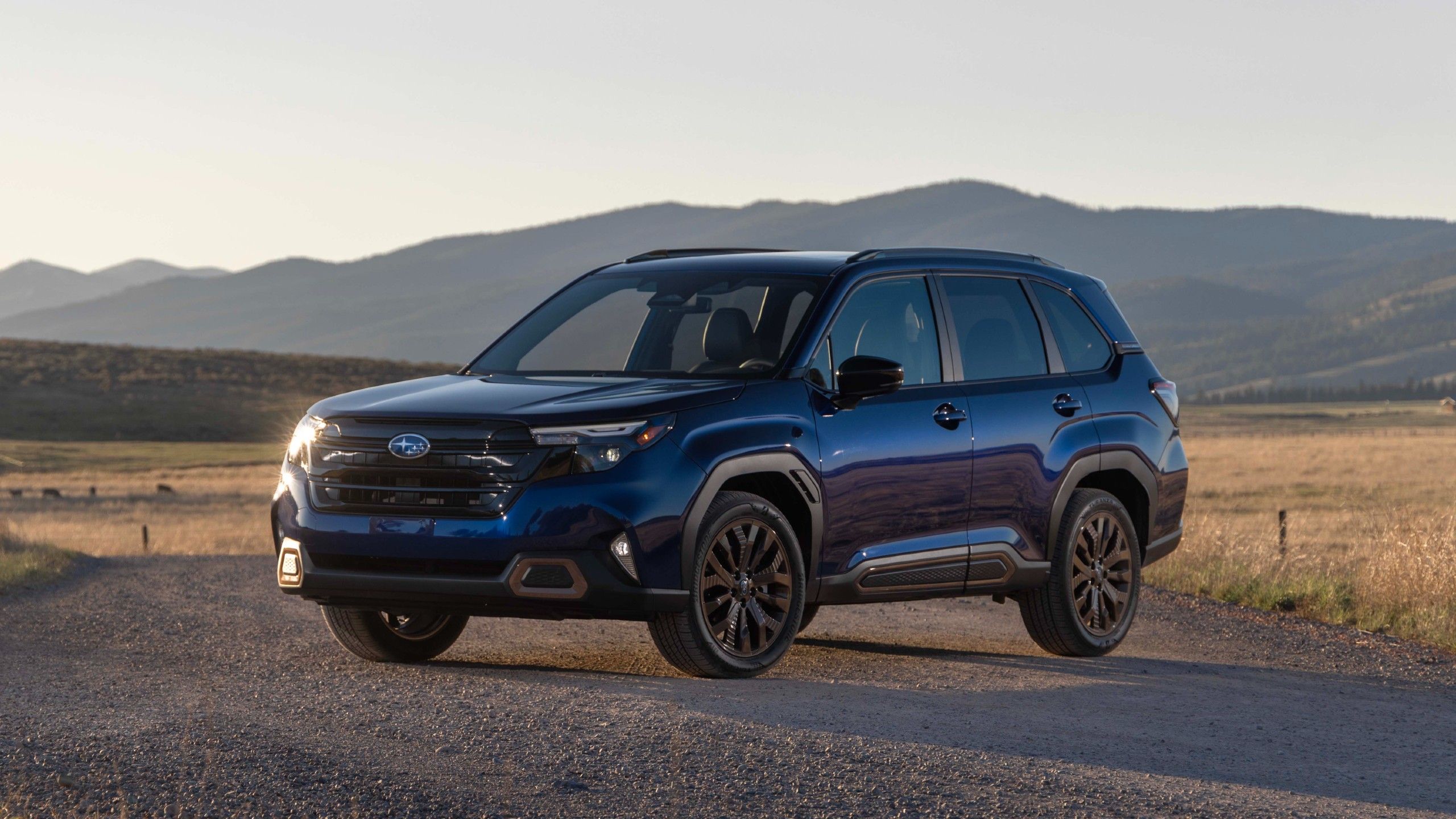
Related
The 10 most reliable hybrid SUVs that will get you from A to B
Not all SUVs are expensive to run. These reliable hybrids will save you money on fuel and maintenance costs.
4
HEV — hybrid electric vehicles
A very efficient compromise for now
Aston Martin
Hybrid cas are all the rage now, but it was not always the case. Back in the late 1990s, Toyota and Honda pioneered the hybrid engine and launched the first production models soon after. Unfortunately, both the Toyota Prius and Honda Insight at first were odd-looking, slow, and the handling was not great. Although they were considered a bit of a joke, fuel efficiency was great, and soon after hybrids appeared in bigger cars like SUVs.
The benefits of HEVs
The mainstream hybrid drive still used by Toyota and Honda uses a combination of ICE, electric motor, and a smallish battery to power the vehicle, which allows regenerative braking. Regenerative braking slows the car when you lift your foot off the accelerator when you want to stop or go down a hill. The electric motor that helped propel the car is now turned into a generator, which feeds energy used to slow the car back into the battery.
A hybrid drive can run on both ICE and the battery together, or just with ICE, or on battery alone for very short distances. The benefits of hybrid engines are obvious:
- A hybrid can do anything an ICE can do, but more efficiently
- Much better fuel efficiency, for example the Toyota RAV4 ICE 30 MPG and the RAV4 Hybrid 39 MPG
- Not much difference in price, with the RAV4 ICE starting at $29,250 and the hybrid at $32,300
- Recoup the price difference in a few years on fuel and maintenance costs
- Often better power, with the ICE RAV4 getting 203 hp, and the hybrid 219 hp
- Less wear on the engine and brakes, with the durable electric motor taking engine strain and the regenerative brakes saving the normal brakes
- Ability to have on-demand AWD, where one set of wheels can power electrically when needed, or just spin freely for maximum efficiency
Drawbacks of a hybrid
- Hybrids always use gas, which means that most of their power is generated at 20% efficiency

Related
I found the best used EVs at basically every price point
Used EVs offer incredible value, and the more expenive, the better the value. Here is a look at four price ranges and what you can get.
3
EV — electric vehicle
On the cusp of dominance
Ford
The Tesla Roadster was launched in 2008, the first EV to go over 240 miles on a single charge. The roadster was a sexy car, with the body designed by Lotus, and all greenies went gaga. It completely overshadowed the hybrid and the plug-in hybrid that followed, promising a new age of responsible motoring. But the Roadster was hideously expensive, and a couple of years later, Nissan dropped the affordable, if somewhat underwhelming, Leaf.
The Leaf prevailed, and Tesla launched a handful of new models over the next decade, but the promised EV revolution stalled, creating a gap for the hybrid and plug-in hybrid. However, over the past few years, battery prices dropped and performance skyrocketed, and a host of new EVs came to the fore to join Tesla and Nissan.
The EV is on the verge of completely taking over, but the timelines are blurry. The tech is still very new, and there is some work to be done. So at the moment, the EV has the following advantages:
- EVs can be insanely powerful, with even dull-looking SUVs giving supercar performance
- Prices are dropping and battery range and charging times are improving
- There is a lot of excellent competition on the market, leading to innovation
- The combination of increased range and improved infrastructure is removing the bogy of range anxiety
- New technology, including five-minute charging and over 800 miles of range are within a couple of years of reality
- There are EVs coming to market in all car types, from working pickup trucks to small crossovers
- Relatively new used EVs offer great value
Disadvantages
- EVs are still quite expensive compared to equivalent cars with other drives
- Carrying a heavy load or towing a trailer will reduce the range as things stand now
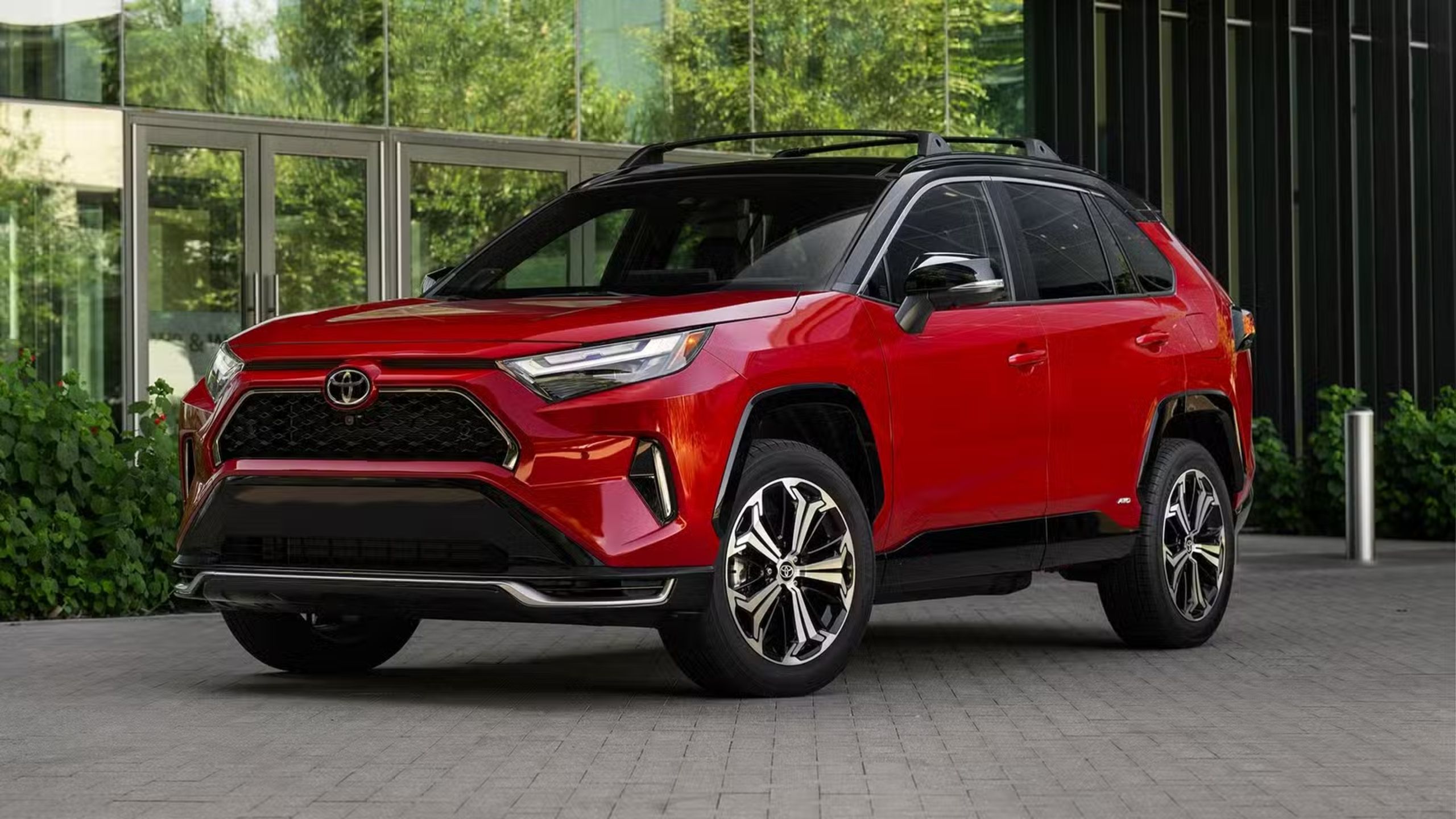
Related
10 plug-in hybrid SUVs with the longest electric range in 2025
You’ll be surprised at how far you can travel on electricity alone in these plug-in hybrid SUVs.
2
PHEV — plug-in hybrid vehicles
A complex compromise
Bringatrailer
The PHEV was launched a couple of years after the first Tesla, as a compromise between an EV and a hybrid. They have bigger batteries than the HEV, which gives them real-world miles of range, with the fallback of driving as a hybrid when the battery runs out. The battery can be charged at home, and during driving would charge via regenerative braking or via the ICE engine.
With most US drivers averaging 37 miles per day, including 24-mile commutes, a PHEV with a 50 to 60-mile range will not use any gas most of the time. When you have to drive a longer distance, you have the fallback of the ICE engine, which has the same regen benefits for fuel efficiency. Plug-in hybrids are popular because they:
- Can go without using gas like a hybrid most of the time
- Have the fallback of the hybrid system when required
- Often give really spicy acceleration when the ICE and electric motors are used together
- To add to the point above, consider the 250 mph/0-60 mph in 2.8 seconds Koenigsegg Regera
Disadvantages
- They are more expensive than a normal hybrid
- The ICE engine and full EV setup together add complexity to the mechanics of the car
- A PHEV weighs more than either an EV or ICE
- When driven in pure HEV mode, they don’t have the same fuel efficiency as an HEV, but still better than ICE
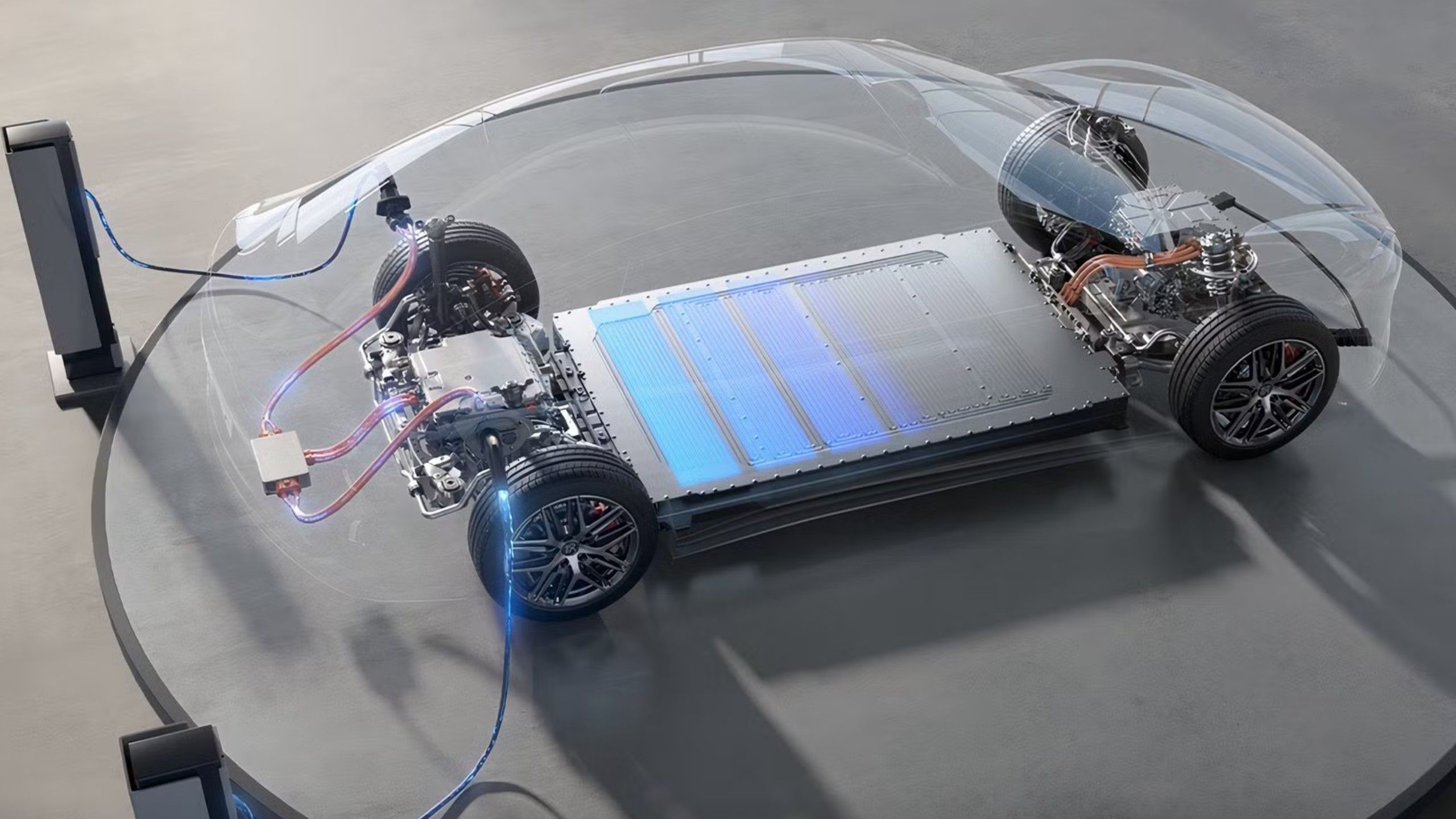
Related
China-made EV batteries charge quicker than fuelling up at a gas station
Electric vehicles will soon be able to recharge batteries in less than five minutes.
1
So, what is next?
The end of the road for ICE
Porsche
Within the next two or three years, EVs will reach price parity with ICE, meaning it will cost the same to make an EV as a similar ICE vehicle. That will be the last nail in the ICE coffin. Very fast charging and super-long driving distances should get rid of PHEVs as well. HEVs will last longer, initially in working trucks to carry or tow, and later in remote areas where charging infrastructure is still lacking.
I can see ICE, HEVs, and PHEVs hanging around in niche cars, like dragsters or formula racing. But in the end, cost and efficiency will have the final say.
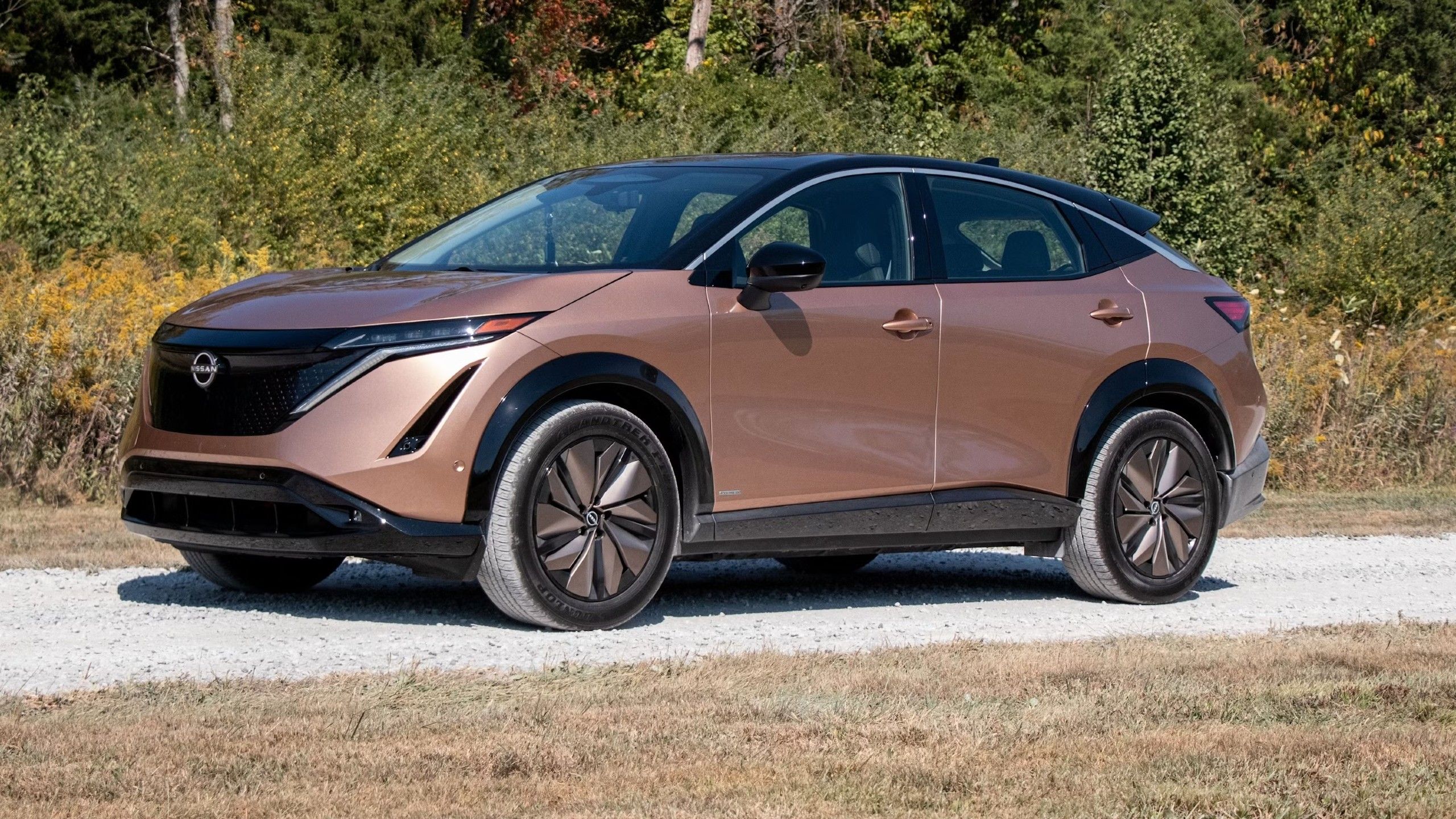
Related
10 most reliable electric cars under $30,000
There’s no need to worry about buying a used EV. Here are ten affordable options with strong reliability scores.
Trending Products

Sceptre Curved 24.5-inch Gaming Monitor up to...

SAMSUNG 34″ ViewFinity S50GC Collection...

Wi-fi Keyboard and Mouse Combo – Rii Co...

Logitech Media Combo MK200 Full-Size Keyboard...



